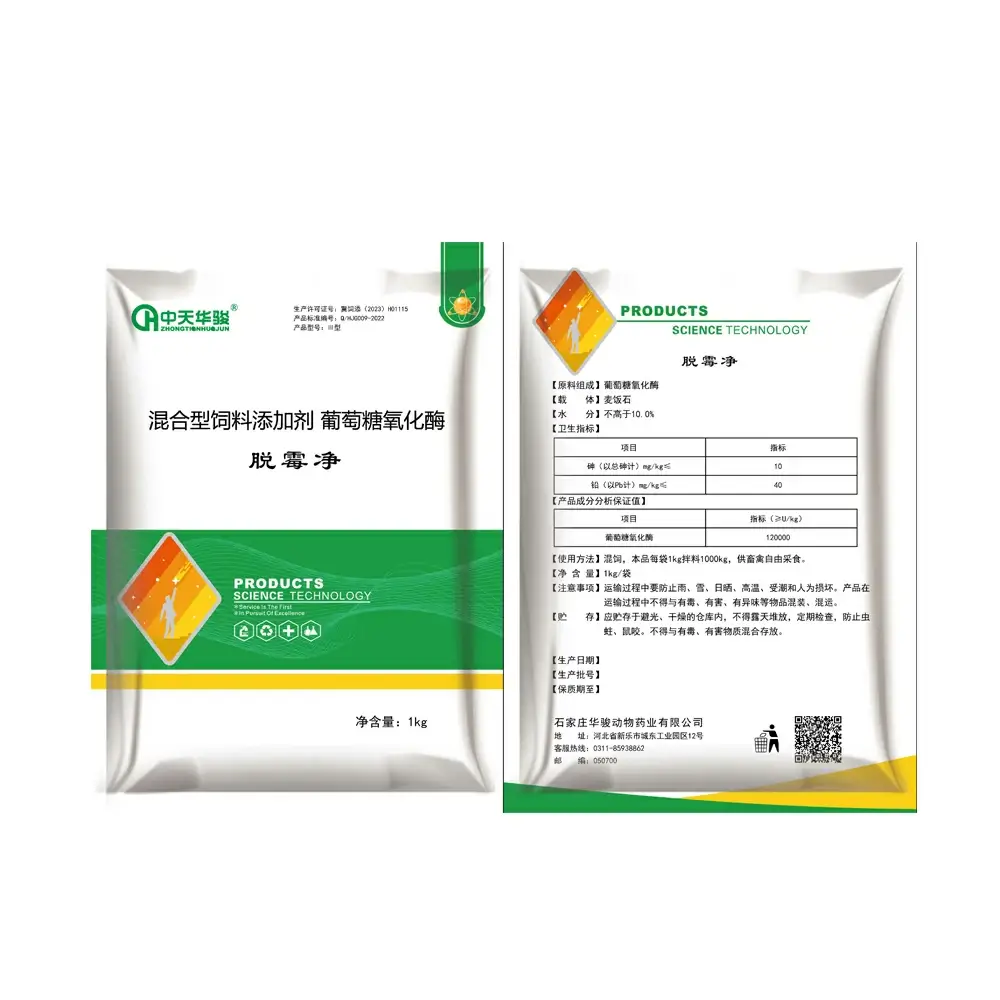
Jul . 28, 2024 09:14 Back to list
Tylosin Use in Poultry Farming for Enhanced Health and Growth in Chickens
The Role of Tylosin in Poultry Farming A Focus on Chicken Production
Tylosin is an important antibiotic that has found extensive use in the poultry industry, particularly in the production of chickens. As a macrolide antibiotic, Tylosin is effective against a wide range of bacterial infections that can affect these birds, thereby playing a crucial role in maintaining their health and boosting productivity in chicken farms around the world.
The Role of Tylosin in Poultry Farming A Focus on Chicken Production
One of the primary benefits of Tylosin in chicken production is its ability to reduce mortality rates caused by bacterial infections. Infected flocks can experience poor growth rates and lower egg production, which ultimately affects the bottom line for farmers. By incorporating Tylosin into their husbandry practices, poultry producers can prevent outbreaks of disease, ensuring that chickens remain healthy and productive throughout their lifecycle.
tylosin for chickens factory

Furthermore, Tylosin is often used in therapeutic and prophylactic settings. In therapeutic applications, it helps treat specific infections that have already emerged. Conversely, in prophylactic measures, Tylosin can be administered to flocks at risk of infection, acting as a preventative step. This dual approach allows farmers to manage flock health proactively, setting the stage for optimal growth and production outcomes.
However, the use of antibiotics like Tylosin also raises concerns regarding antibiotic resistance. As with any antibiotic, there is a risk that pathogens may develop resistance if Tylosin is overused or misused within farms. This is a significant concern in the poultry industry, as it can lead to treatment failures and an increase in foodborne diseases in humans. Therefore, it is vital for poultry farmers to implement responsible antibiotic stewardship practices. This includes adhering to recommended dosages, optimizing biosecurity measures, and maintaining good flock management practices to reduce reliance on antibiotics.
The regulatory landscape surrounding the use of antibiotics in food-producing animals is also evolving. Many countries now have stringent regulations regarding antibiotic use in poultry farms, which aim to ensure food safety and reduce the risk of antibiotic resistance. Farmers must stay informed about these regulations and adjust their practices accordingly. Additionally, consumer demand for antibiotic-free products is on the rise, pushing the industry to explore alternative methods for disease prevention and treatment in poultry.
In conclusion, Tylosin plays a pivotal role in the health management of chickens in poultry production. Its effectiveness in treating and preventing bacterial infections can significantly enhance the productivity and profitability of chicken farms. However, the poultry industry must navigate the complexities of antibiotic use carefully, balancing the benefits with the potential risks associated with resistance. By promoting responsible use and exploring alternative practices, farmers can ensure a sustainable future for poultry production while maintaining the health and welfare of their flocks. As the industry continues to evolve, the role of antibiotics like Tylosin will remain critical, but it will require ongoing diligence and adaptation to meet the challenges ahead.
-
Quality Bacillus Coagulans BC30 Factory - Expert Production
NewsAug.02,2025
-
China Salivation AI with GPT-4 Turbo Features
NewsAug.01,2025
-
Epic Sepsis Factories: AI-Driven Detection with GPT-4 Turbo
NewsJul.31,2025
-
Acute Salpingitis and Oophoritis AI Factory
NewsJul.31,2025
-
Premium China Bacillus Subtilis Supplier & Factory Solutions
NewsJul.30,2025
-
Premium Avermectin Supplier in China | Custom Solutions Available
NewsJul.29,2025




